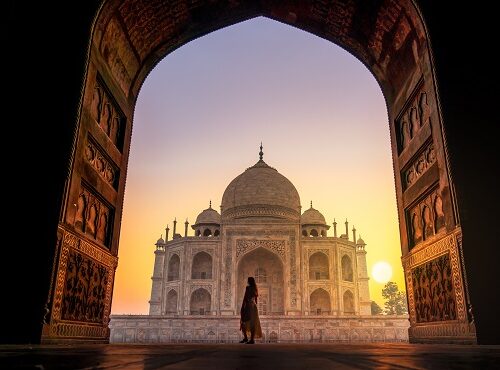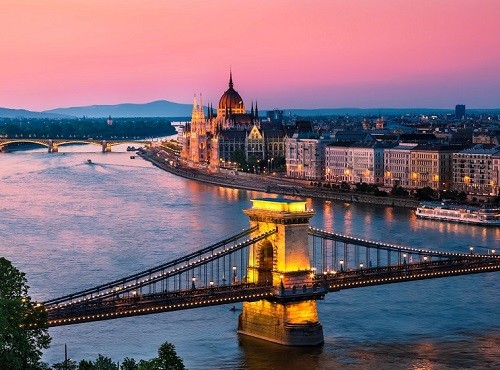Hue may not be quite as famous as some of Vietnam’s other cities, but it is a real gem that is worth discovering during a holiday in the country. Considered to be one of the most picturesque cities in Vietnam – and one that is home to countless cultural treasures – it is certainly a fantastic place to add to your itinerary.
We’re going to run through a few of the main cultural attractions that you can find in Hue – hopefully this will whet your appetite for exploring this incredible city under your own steam during your holiday to Vietnam.
What makes Hue special?
Before we talk about specific cultural attractions, it’s worth explaining why this city has such a special place in Vietnamese history. It was the capital of the Nguyen emperors, who ruled the region throughout the 17th and 18th centuries.

Wandering around Hue’s streets today, you can’t help but conjure up images of its feudal past, when emperors and lords inhabited the ornate palaces and the faithful worshipped at the many temples and shrines.
Hue was also constructed according to the principles of Vietnamese tradition and Oriental philosophy as a whole. The design of the city was based around the relationship of various factors, including its five key points (centre, north, east, south and west), five colours (yellow, blue, black, red and white), and five natural elements (earth, metal, fire, water and wood).
In the midst of all of this planning are the slow, languid curves of the Perfume River, which winds its way through the centre of the city, cutting it in two. UNESCO has recognised the city as a World Heritage Site, protecting its many cultural and historical monuments.
Must-see sights
Hue is home to countless stunning monuments to a bygone era. Many of the city’s residents live within the walls of its imposing citadel, with various landmarks and complexes of note enclosed within these 2 m-thick ramparts. The following are just a few of the most important and fascinating.
Imperial Enclosure – This section of Hue was where the emperor lived and was a focal point for royal life in the city. Sadly, many of its buildings were destroyed during the French and American wars, so much of what you will find today is in ruins. However, some of the buildings are being painstakingly restored and others escaped damage. The Thai Hoa Palace (Palace of Supreme Harmony) is an example of the latter. Its standout feature is the ornate wood-carved pillars that support the timber roof – exquisite.
Ngo Mon Gate – Technically this is part of the Imperial Enclosure, but it is one of the most historically-significant monuments in the city. Aside from being the main entrance to the emperor’s citadel, its upper level was also where the emperor appeared on important occasions. From this point, the last ruler of the Nguyen dynasty abdicated to a delegation sent by Ho Chi Minh in 1945.
Truong San Residence – This is also part of the Imperial Enclosure and it’s worth mentioning specifically because of the restoration work that has taken place to return it to its former glory. Its entrance gate is particularly breathtaking, decorated as it is by dragons and phoenixes. The interior is still largely empty, but the exterior is just as ornate as it would have been in its heyday.

Tombs of the Nguyen emperors – The mausoleums of the Nguyen rulers are impressive and beautiful in equal measure. There are seven in total, strung out across the hillsides just outside the city, following the route of the Perfume River. Each has a distinctive design, with influences of the period in which they were built clearly discernible. It’s worth remembering that the construction was typically overseen by the emperor in his lifetime and in some cases, even used as residences before they died.
Recommended Page
If you’re interested in visiting Vietnam, please take a look at our most popular Vietnam itineraries for inspiration – Please Click Here























